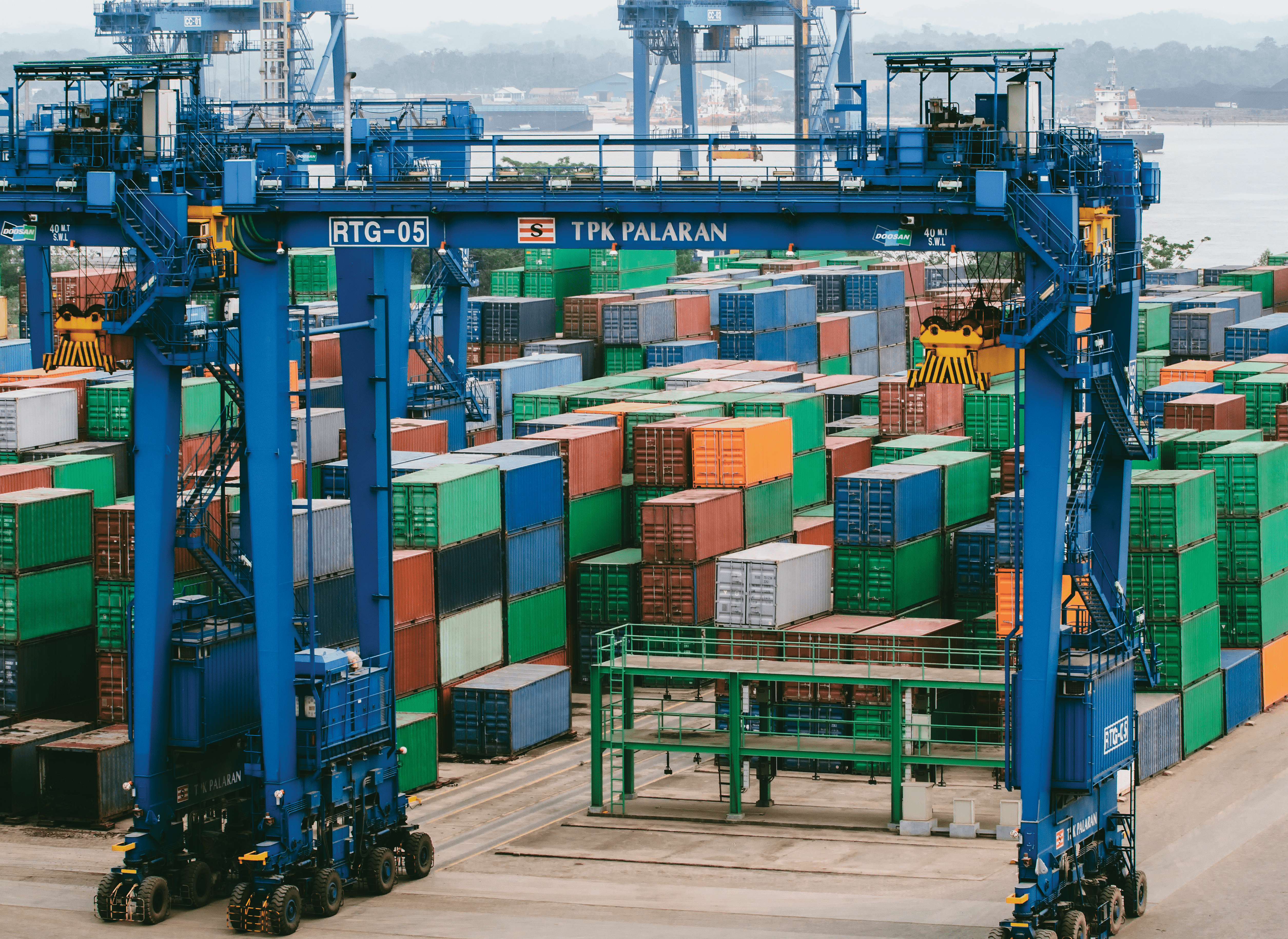Tentang Investasi
According to Government Regulation Number 24 of 2009 concerning Industrial Areas, the initiator is required to provide a minimum of 50 hectares of land in one area for the Industrial Area. The Industrial Zone with an area of 424 hectares is the core zone in the Bantuas Green Industrial area, because the designation used in this zone is an industrial area. The designation of land used in this zone is also in accordance with regional regulations in force in Samarinda City. The Industrial Zone will be used as several land uses including Industrial Areas, Water Folders and Green Open Spaces (RTH), with most of the land designation used as industrial areas.
A. Spatial Pattern Plan
The industrial zone is the core zone in the Bantuas Green Industrial area with the designation of most of the land being industrial areas. Planning in terms of spatial patterns is the result of a study that takes into account many aspects, namely regional policies, physical conditions of the area and the desires of the initiator. The results of the spatial planning in the industrial zone produce several land uses, including:
- Industrial Area with an area of 241 hectares
- Water Body with a total area of 42.63 hectares
- Green Open Space with a total area of 60.26 hectares
The allocation of industrial area space will certainly have a buffer zone that functions as a separator between the industrial area and the residential area. This buffer zone will be formed as a public Green Open Space (RTH) in the form of a green belt that can be a public space in the area.
B. Calculation of the Number of Industrial Units
Analysis of the calculation of the number of industries that will be built in this area can help developers in the business ecosystem and help the government in determining regulations that will be formed in the Bantuas Green Industrial area. By assuming the ideal plot for providing large industrial land, namely 5 hectares per plot, an analysis can be carried out on how many units will be accommodated in this industrial zone. With the built-up land as an industry of 241 hectares and the assumption per plot for large industries is 3.5 hectares, then in this zone there will be 58 units available. However, it is also possible that some industrial business actors will use two or more plots as the same industrial business land.
In each plot that will be used as industrial land, the initiator or developer of the industry is required to provide private green open space of 10 percent of the area they use as an industrial area. If it can be assumed that the industrial zone is 424 hectares, it can be seen that later 42.4 hectares will be available to be used as private green open space (RTH).
C. Calculation of the Potential Number of Workers Absorbed.
Industrial areas are a very promising potential in a region, not only will they increase regional income but will also improve the welfare of the local community because they will create the potential need for human resources to operate these industries. Referring to the industries that already exist in some cities, it can be assumed that one large industrial unit with an area of up to 5 hectares requires a minimum of 100 workers with the proportion of local workers and foreign workers to be determined by the local government.
Assuming that there are 100 workers in one plot, it can be analyzed that the Bantuas Green Industry area will potentially absorb at least 4,800 workers. This figure is a large number in terms of improving the welfare of the local community, so it will have potential in social and economic aspects.




